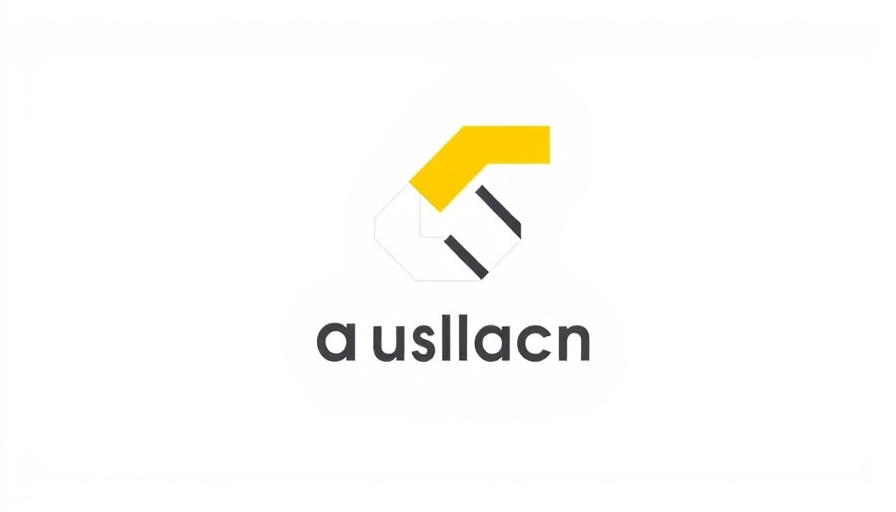
Understanding Dog Daycare: More than Just a Play Area
For many pet owners, choosing the right dog daycare can be overwhelming. Dogs are not just pets; they are part of the family, and ensuring their happiness and well-being is paramount. A quality daycare environment is constructed not merely for convenience but to address the inherent needs of dogs, making it essential for business owners and facility managers in the pet care industry to understand what truly benefits their four-legged clients.
What Dogs Need: Structure, Social Interaction, and Physical Activity
Under-stimulation in dogs often leads to destructive behaviors like chewing and unnecessary barking. Dogs thrive on structured environments that cater to their instinctive social behaviors. An effective daycare goes beyond providing food and basic shelter; it creates a space for dogs to engage, play, and form social bonds safely.
As evidenced by facilities like B&S Boarding and Grooming Kennels, a successful daycare provides not only safety but structured schedules. These schedules include time for supervised play, interactive exercises, and calm periods—all are vital for maintaining a dog's physical and emotional health.
The Role of Structured Socialization
Structured socialization is critical in daycare environments to prevent anxiety and aggression among dogs. Unlike the chaotic image often associated with dog parks, quality daycares implement carefully monitored group sessions.
By introducing dogs to one another based on their size, temperament, and energy levels, staff can minimize potential conflicts. This approach not only fosters trust and safety but also enhances emotional resilience. Dogs that regularly engage in socialization programs experience growth in confidence, reducing behavioral issues when encountering new people and environments.
Targeted Physical Activity: Keeping Dogs Engaged
Physical activity is paramount in a dog’s daily routine. Without enough exercise, dogs can become restless, leading to behavioral problems. A reputable daycare provides tailored exercise opportunities that are structured and managed, ensuring dogs remain active within their limitations.
This may include supervised group games, agility obstacle courses, or designated trust exercises that promote both physical health and mental stimulation. Dogs that receive this level of attention frequently exhibit better health indicators—they sleep more soundly and behave more calmly at home, which can ease the stress of pet ownership for families.
Insights for Business Owners and Facility Managers
For those managing pet care facilities, understanding the nuanced needs of dogs is essential. Incorporating structured play and socialization into your service offerings can set your business apart in a competitive market. By investing in the well-being of canine clients, you’re likely to see enhanced customer satisfaction and retention, ultimately benefiting your business's bottom line.
Furthermore, as the demand for pet care services continues to rise, implementing these quality measures will position your facility as a leader in safety and wellness standards, attracting new clients who prioritize their pets’ emotional and physical health.
In conclusion, investing in a quality daycare environment that caters to the diverse needs of dogs can yield positive outcomes for everyone involved—from the dogs that thrive within this well-structured environment to the businesses catering to their needs, helping foster a caring community.
 Add Row
Add Row  Add
Add 




Write A Comment